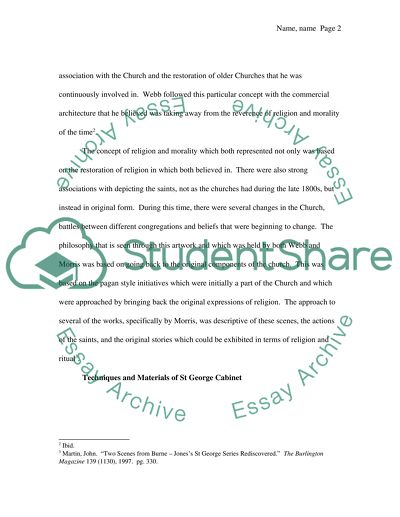Cite this document
(“St George Cabinet by Philip Webb Essay Example | Topics and Well Written Essays - 3500 words”, n.d.)
Retrieved from https://studentshare.org/environmental-studies/1414062-st-george-cabinet-by-philip-webb
Retrieved from https://studentshare.org/environmental-studies/1414062-st-george-cabinet-by-philip-webb
(St George Cabinet by Philip Webb Essay Example | Topics and Well Written Essays - 3500 Words)
https://studentshare.org/environmental-studies/1414062-st-george-cabinet-by-philip-webb.
https://studentshare.org/environmental-studies/1414062-st-george-cabinet-by-philip-webb.
“St George Cabinet by Philip Webb Essay Example | Topics and Well Written Essays - 3500 Words”, n.d. https://studentshare.org/environmental-studies/1414062-st-george-cabinet-by-philip-webb.


